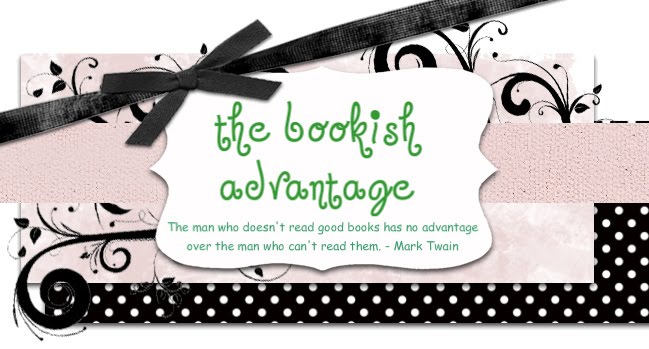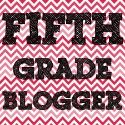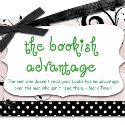Reflection: Do I Really Have to Teach Reading? By Cris Tovani (Chapters 1 and 4)
Reading is an individual experience, and it is a different experience for every individual. Reading nonfiction and content-area text is especially different for every person. However, there are some strategies that all successful readers use, even if they use the strategies differently. Cris Tovani points out that you have to ask questions as you read, but that they have to be questions that you really care about and are curious about. She goes on to quote Stephanie Harvey and Anne Goudvis from their book, Strategies That Work, saying, “A reader with no questions might just as well abandon the book.” (p. 82)
“. . . learning to read doesn’t end in the elementary grades. Reading becomes more complex as students move into middle and high schools, and teachers need to help students understand difficult text.” (p. 5)
This may mean that teachers in content areas need to directly teach methods and strategies for reading the texts in their classes. We know that reading nonfiction textbooks is not the same as reading a fictional story, but reading high school level text books is not the same as reading middle school level text books, which isn’t the same as reading elementary text books. Teachers need to provide students with level-appropriate instruction, and at each level, the teachers may need to present students with more appropriate tools to aid in the comprehension of the reading materials.
Instead of thinking about it as “content-area reading” think about it as “teaching students how to remember and reuse the information we ask them to read.” (p. 7)
Content-are reading isn’t about teaching students how to decode words; it is about connecting the skills they already know to the material the need to learn. However, sometimes, new strategies or techniques need to be taught in correlation with the new kinds of materials being presented. For example, when a history teacher first presents a student with a primary document, it will be necessary to explain that the author of the text wrote it at a different time period, so his/her mind set wasn’t that of a modern author.
“Teachers end up lecturing so they can deliver the maximum amount of content.The problem with this is that the teachers end up doing most of the work.”( p. 38)
On page 8 of “Engaging Readers and Writers With Inquiry,” Wilhelm writes, “Without purpose, significant learning is difficult if not impossible to achieve.” He goes on to explain that students need to interact with material in order to construct meaning. Tovani is writing about how, in an effort to give students more information, teachers are actually taking away the students’ opportunities to construct meaning. The negative effects of the teacher-centric classroom happen because students don’t have a purpose for learning, other than passing the test. With transformative teaching, the teacher has to step away from the role of lector and step into the role of mentor and model.
“My intention is to give students something to read that is worthy of their time, something that they actually have the potential to understand – and maybe even finding a piece of text that will turn kids on to the content.” (p. 40)
I really like that Tovani points out here that rigor is different for everyone. She compares a rigorous workout for one person as being impossible for another. In terms of education, this comparison is so appropriate. Giving students texts and materials that are too complicated doesn’t encourage students, but rather, defeats them and may encourage cheating or just plain giving up. She writes, “When students are always given text that is to hard for them to read on their own, they begin to associate school reading with reading that is pointless.” (p. 41) However, if we can present students with content materials that are more appropriate to their reading abilities, it may spark an interest in the content that could lead (with reading support) to a more in-depth understanding.
The suggestion of using alternative texts and text sets in the classroom (p. 42-50) is an idea that I absolutely want to incorporate because it makes so much sense. Alternative texts literally provide an alternative to the original text. The example used in the book is to use Finn by Matthew Olshan as an alternative text for Huckleberry Finn by Mark Twain because the stories have similar themes and some parallel plot points, but Finn is written at a level more appropriate for less able readers. Text sets provide wonderful opportunities for students to explore a variety of materials related to a specific topic. The topics could be as broad as “World War II” or as narrow as “The Life Cycle of a Frog” as long as there are multiple, high quality resources that provide information to children. I really liked Tovani’s ideas about text sets, and I think that they could be very practical at any grade level because the variety of materials included should increase the students' interest. This website has information about why and how to create a text set. The example they give is very detailed and covers the topic of immigration at the middle school level.
www.udel.edu/readhistory/resources/2005_2006/summer_06/multigenre_text.pdf





